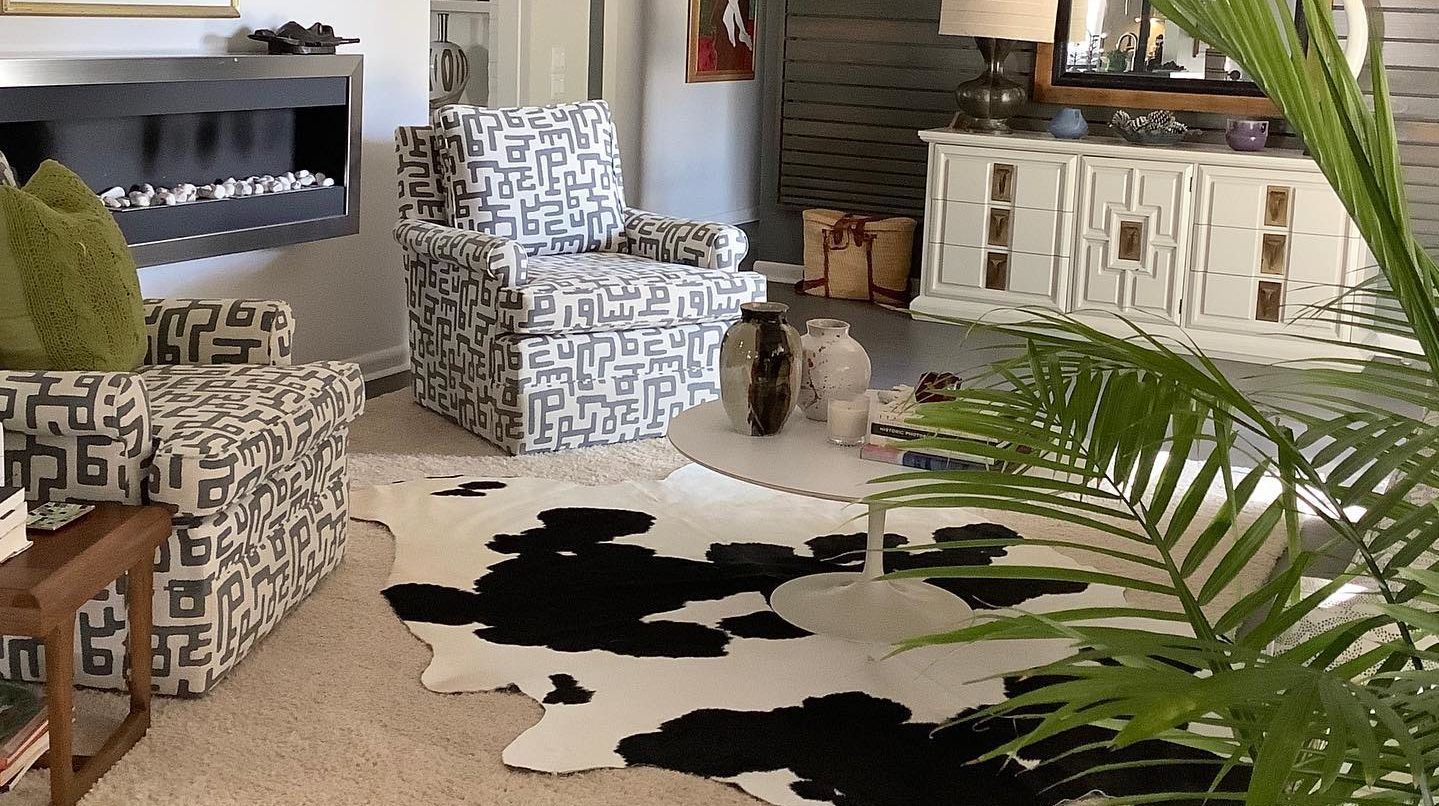Putting down roots: Artvark Ltd.’s Claire Major on bringing the outdoors into your home
Between the hectic nature of day-to-day life and the added stress of global crises—hello, pandemic—we’ve all got a lot on our plates right now. At the very least, we can hope to find some solace in the comfort of our own homes. We talked with Claire Major of Artvark Ltd. to get the scoop from her recent LSU Botanic Gardens “Reflections in the Garden” talk on how to make your home a peaceful respite by bringing the outdoors in.
First, the notion of bringing the outdoors in is nothing new. Remember the ’70s? Plants everywhere and macrame wall art made for a real bohemian feel. While this era may have kickstarted the movement of bringing organic elements into the home, it doesn’t mean you have to subscribe to the bohemian aesthetic to achieve an earthy feel. This new trend of creating a sense of nature in the home works for any style or caliber of space.
“A few years ago, we brought the inside outside with outdoor kitchens and living spaces,” says Major. “Now, we’re bringing the outdoors in.”
Major attributes this shift to an increased concern for sustainability and a desire to get away from this generation’s greatest stressor: technology. To infuse a sense of the outdoors into a home, Major focuses on these three elements:
https://www.instagram.com/p/CDcYDMVl1va/?utm_source=ig_web_copy_link
1. Architecture
Looking to renovate or build? Consider thinking outside the box for your material selections. “I see architects now incorporating more wood and glass so that you can see outside and adding more organic elements like water features or iron,” says Major. “What I hate to see is miles and miles of Sheetrock. There’s nothing wrong with Sheetrock, but if people embrace more natural elements like wood, glass or iron, it creates a more interesting, natural feel.”
2. Interior design
When designing your home, Major suggests choosing vintage, organic pieces that tell a story to make your space interesting. Use earthy fabrics like linen, cotton and wool or botanical textiles to create a natural feel. Light fixtures made of earthy materials will create a bright, beautiful look, and organically shaped furniture with big curved edges evoke an outdoorsy feeling.
When placing your furniture, don’t feel like you have to do the typical, boxed-in layout. “There’s a movement to create vignettes in these big, open spaces we’re building these days. Break it up, create movement and flow to implement a more organic layout,” says Major.
https://www.instagram.com/p/CAeEPy8l016/
For finishes, Major suggests affordable, durable ceramics that are designed to look like organic elements like wood or pebbles. “When choosing materials, I don’t think people realize the scope of products out there that can make their home feel more natural and organic,” says Major.
As for color: vanilla is on its way out. Consider more earthy neutrals like greens and sand.
“Bringing the outside in isn’t a dramatic look. It isn’t about being bombarded with lots of different colors,” says Major. “There’s nothing wrong with color, but for an organic feel, minimize the drama and focus on more natural colors.”
3. Plants
Last but certainly not least, incorporate living things into your space. “Plants, plants, plants. If a space feels like it needs something, bringing some greenery in really just finishes it,” says Major.
You don’t have to spend a fortune on your flowers. Go outside and find what you have in your own yard—banana leaves, caladiums, crepe myrtle blooms—then add them to a beautiful vessel, and you have yourself an arrangement.
What’s your favorite way to incorporate a sense of the natural environment into your indoor spaces? Let us know in the comments below.












